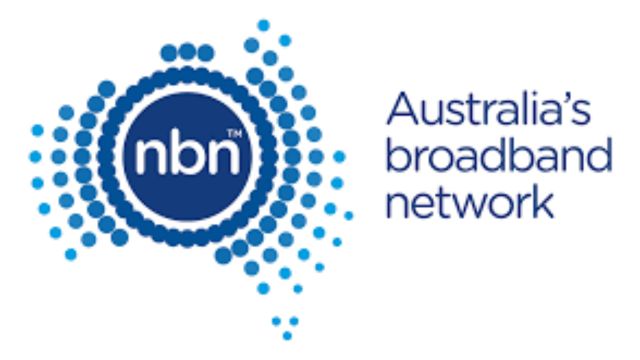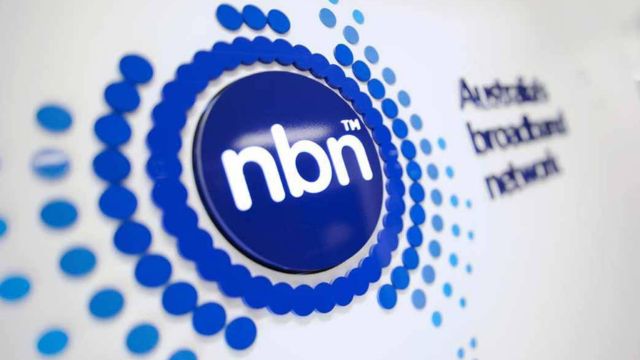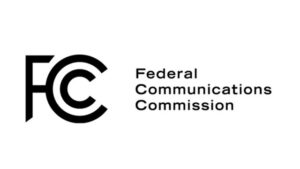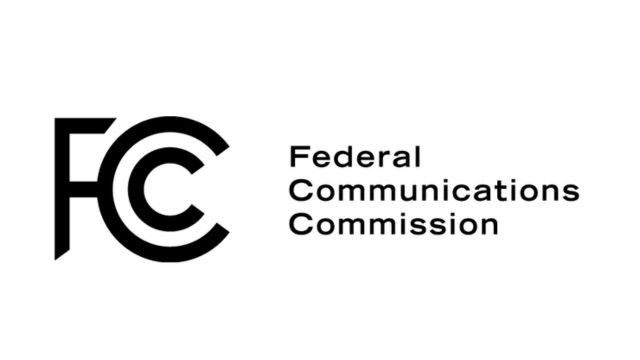Aiming to provide fast, dependable, and reasonably priced internet connectivity to homes and businesses all around Australia, the National Broadband Network (NBN) is among the most ambitious infrastructure projects underway in the nation. Particularly by bridging the digital divide between urban centers and outlying or regional areas, the NBN has changed how Australians connect, work, learn, and interact online since its founding. Everything you need to know about the NBN, its technologies, coverage, advantages, and how to select the correct plan for your needs can be found here in this thorough guide.
What is the National Broadband Network (NBN)?
The NBN is a government-backed wholesale broadband network initiative designed to upgrade Australia’s internet infrastructure. Launched in 2009, the project’s primary goal is to replace and enhance the existing copper network with a more modern and future-proof system using a mix of technologies including fiber optics, fixed wireless, and satellite. The NBN is owned and operated by NBN Co Limited, a government-owned corporation responsible for building, maintaining, and managing the network infrastructure.
Unlike traditional internet service providers (ISPs) that sell directly to consumers, NBN Co provides the network infrastructure to ISPs who then sell plans to customers. This wholesale model promotes competition among ISPs, resulting in diverse pricing options and services for Australian consumers.
How Does the NBN Work?

The NBN connects homes and businesses to the internet through a combination of technologies under what is called a Multi-Technology Mix (MTM). These technologies were selected based on geography, cost-effectiveness, and the existing infrastructure in different areas. The key technologies include:
- Fiber to the Premises (FTTP): Fiber optic cables run directly to homes and businesses, offering the highest speed and reliability. FTTP is mostly used in new developments and some urban areas.
- Fiber to the Node (FTTN): Fiber cables run to a local node in the neighborhood, and existing copper wiring connects the node to homes. Speeds depend on the quality and length of the copper lines.
- Fiber to the Curb (FTTC): Fiber runs to a distribution point near homes, with copper wiring completing the connection, improving speed compared to FTTN.
- Hybrid Fiber Coaxial (HFC): Uses existing pay-TV cables for the final connection, providing faster speeds in some suburbs.
- Fixed Wireless: For regional and rural areas where laying cables is challenging, NBN delivers broadband wirelessly through radio signals from transmission towers to a receiver antenna on the customer’s premises.
- Satellite: Satellite technology covers remote and very rural locations outside the reach of other technologies, providing basic broadband access.
NBN Coverage and Availability
NBN aims to cover 93% of Australian premises with fixed-line technology (fiber, FTTN, FTTC, HFC), while the remaining 7%—mostly remote and rural areas—are served by fixed wireless and satellite services. This extensive coverage ensures that even the most isolated communities can access the internet, albeit with varying speeds and latency depending on the technology used.
To check if the NBN is available at your address and what technology type is provided, you can visit the official NBN website or consult with your ISP. The rollout progress has been substantial, but some areas are still in transition, so availability can vary.
Benefits of the NBN
1. Improved Internet Speeds
Compared to older copper networks, the NBN offers significantly higher download and upload speeds, enabling smoother video calls, faster downloads, online gaming, and streaming in high definition.
2. Greater Reliability
The modern infrastructure, especially fiber optics, provides more consistent performance and is less prone to interference and outages compared to traditional copper lines.
3. Enhanced Access in Rural Areas
Fixed wireless and satellite options have improved internet access for people living in remote regions, helping close the digital divide.
4. Supports Future Technologies
The network is designed to accommodate the growing demand for data and emerging technologies such as smart homes, telehealth, remote work, and education.
Choosing the Right NBN Plan
With numerous ISPs offering a variety of plans over the NBN, selecting the best option depends on your usage, budget, and location. Here are some key considerations:
- Speed Tier: NBN plans are classified into speed tiers, commonly ranging from NBN 12 (up to 12 Mbps download) to NBN 1000 (up to 1000 Mbps). For casual browsing and streaming, lower tiers may suffice, but households with multiple users, gamers, or streamers will benefit from higher speed plans.
- Data Limits: Most NBN plans offer unlimited data, but some cheaper options may have data caps. Consider your monthly data consumption when choosing.
- ISP Reputation and Customer Support: Check reviews and ratings for ISPs in your area to ensure quality service and support.
- Additional Features: Some providers bundle extras like free modem rental, antivirus, or streaming subscriptions.
How to Get Connected to the NBN
Getting NBN internet involves a few steps:
- Check Availability: Use your address on the NBN Co website or ISP portals.
- Choose an ISP and Plan: Compare offers and select a plan that fits your needs.
- Schedule Installation: Depending on the technology type, a technician may visit your home to install or activate the service.
- Connect Your Equipment: After installation, set up your modem/router as per ISP instructions.
- Start Using: Once connected, you can enjoy broadband access on all your devices.
Challenges and Criticism of the NBN
Despite its benefits, the NBN has faced criticism and challenges:
- Speed Variability: Depending on the technology and distance from nodes, actual speeds can be lower than advertised, particularly with FTTN and HFC.
- Delays and Cost Overruns: The rollout took longer and cost more than initially projected.
- Service Quality in Remote Areas: Satellite services often have higher latency and data limits, impacting user experience.
NBN Co continues to invest in upgrades and improvements, such as rolling out FTTC and increasing fiber coverage, to address these issues.
Government Initiatives Related to NBN
Several government initiatives complement the NBN to promote digital inclusion:
- Regional Connectivity Program: Funding to improve internet infrastructure in underserved areas.
- Home Internet Program: Support for low-income households to access affordable NBN connections.
- Digital Skills Training: Programs aimed at increasing digital literacy, ensuring more Australians can benefit from online opportunities.
The National Broadband Network represents a critical step in Australia’s digital future, connecting millions and enabling new possibilities in business, education, and everyday life. Whether you are a homeowner, student, or entrepreneur, understanding the NBN can help you make informed decisions about your internet needs.
Discover the latest updates and detailed guides on government digital communication schemes from India and around the world at DigitalIndiaMIB. Stay informed, make the most of public programs, and boost your digital knowledge today—explore expert content designed just for you!
FAQ
What Devices Are Compatible With NBN?
Most modern routers and modems support NBN connections. However, it’s recommended to use an NBN-ready modem provided by your ISP for optimal performance and compatibility.
Can I Keep My Existing Phone Number?
Yes, you can usually keep your existing landline phone number when switching to an NBN service, but you must arrange this with your new internet service provider.
How Does NBN Affect Home Security Systems?
NBN typically supports home security systems connected via internet. It’s important to confirm your security devices are compatible and discuss any concerns with your provider.
Are There Discounts For Low-Income Households?
Some ISPs offer discounted NBN plans for eligible low-income families, and government programs may provide subsidies or assistance to improve digital access affordability.
What Is NBN’s Impact On Property Value?
Homes with reliable high-speed NBN connections can attract buyers and potentially increase property value, as fast internet is a sought-after utility in today’s market.















